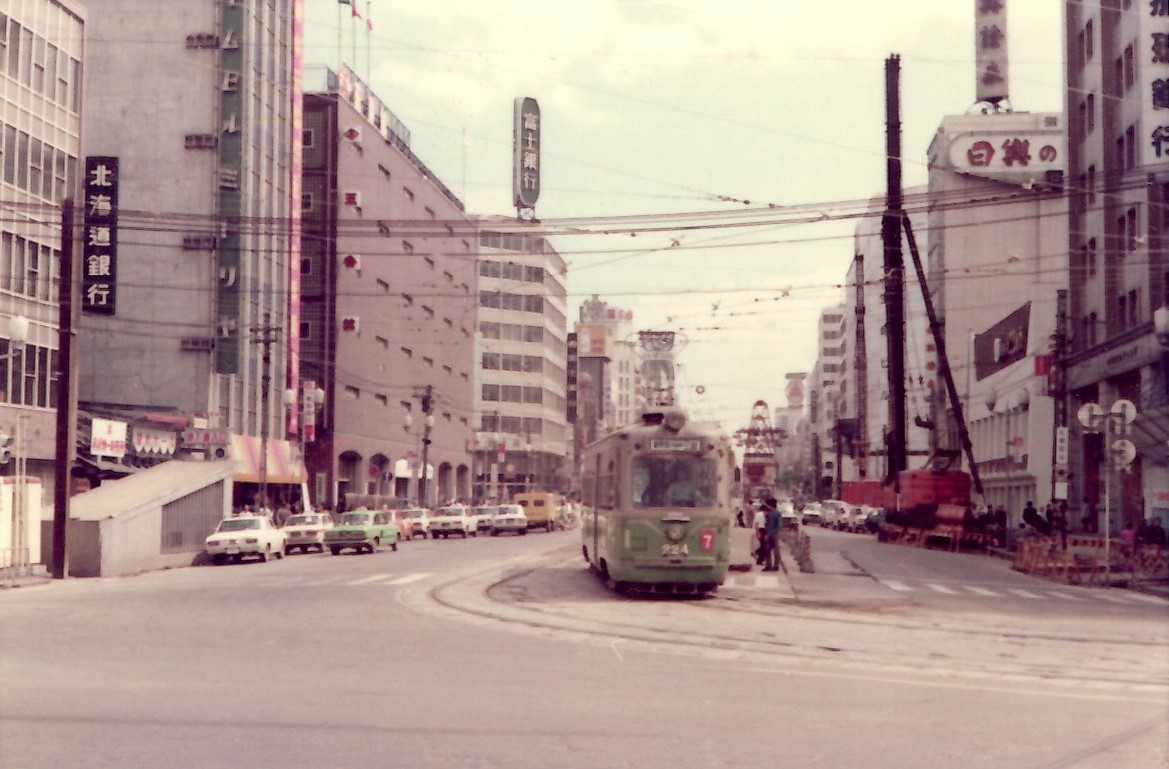
The printing industry, long considered a sunset industry, once had its golden era. In the 1950s, advancements in the diversification, speed, and size of machinery led to offset printing gaining superiority over letterpress printing. Along with the period of high economic growth, the printing industry also experienced rapid expansion.
Especially from 1970 to 1990, while the demand for printed materials expanded in line with the economy, it grew even more rapidly than the GDP due to advancements in multicolor printing and smaller print runs. Then, in 1991, after the collapse of the bubble economy, the shipment value reached its peak at around 9 trillion yen. Subsequently, due to the collapse of the bubble economy and previous overcapacity, prices began to decline, and the market shipment value started to shrink.
Ultimately, further decline in demand for printed materials due to digitalization since 2000 dealt another blow, and in the latest data available in 2018, the shipment value of the printing industry finally fell below 5 trillion yen.
In that sense, as the industry has been on a downward trend for nearly 30 years, there are now fewer people within the industry who remember the peak of the printing industry. Our chairman, Shunya Yamada, is one of those few. I would like to share some valuable stories from the glamorous days of the printing industry, which are now unimaginable.
The workload during the bubble period

The bubble period from the late 1980s to the early 1990s was a boom time for almost every industry. The printing industry was no exception. At that time, without the internet, the primary means of obtaining information were essentially paper, television, or radio. Therefore, the demand for information publishing printed materials was incomparably high compared to today.
Furthermore, the only means available to gauge reader feedback were postcards or phone calls, and the response rate was crucial. The use of postcard cutting machines significantly impacted response rates, with a notable difference between having one and not having one. This led to a substantial demand for the print finishing industry, such as ours.
During that time, it was common for weekly information magazines to be printed in tens of thousands of copies per issue, and handling the insertion of those postcards required machines to operate at full capacity from Monday to Saturday. Due to such circumstances, arranging for die cutting was a matter of urgency. It was routine to visit the die maker first thing in the morning, wait for the completion on the spot, and take it back with you.
Anyway, there was so much demand that the more time you spent working, the higher the sales increased. On the flip side, because there was too much work, there was no worry about losing jobs, but rather concerns about whether they could handle it all, leading to sleepless nights.
The communication for work was primarily done through fax and telephone, as there were no mobile phones or emails available. Consequently, there would be no communication while on the move. When visiting clients in distant locations, it was not uncommon to arrive only to find that the person in charge was absent for several hours due to meetings, resulting in wasted trips.
Licking the customer’s shoes

The bubble period was an era of mass-produced weekly magazines, so the competition among binding companies was fierce. Binding companies are literally companies that handle the binding process of magazines and books. Weekly magazines, until they are discontinued or suspended, typically continue to provide work for the binding company. Therefore, being able to secure an order for one magazine could generate enormous profits.
As a result, the hospitality towards publishing houses was extraordinary; it is said that they literally went bar-hopping in Ginza or Roppongi every night. Some boasted about spending 3 million yen on entertainment in a single day, while others would visit three bars in 30 minutes, each charging 50,000 yen, and pay by handing over a wallet containing 1 million yen. Unbelievable acts like these were actually carried out. There are even stories of individuals who proudly declared, ‘If told to lick, I’d lick the customer’s shoes.
Even though such lavish entertainment incurred enormous costs, as long as they could secure orders, binding companies would rake in billions of yen every month. Consequently, binding companies enjoyed a lavish lifestyle, with BMWs and Mercedes-Benz cars being the norm, and weekends spent extravagantly on cruisers. Many individuals got involved in real estate during this time and later faced bankruptcy, while others suffered from health issues due to excessive drinking. It was truly a ‘time of madness’.
